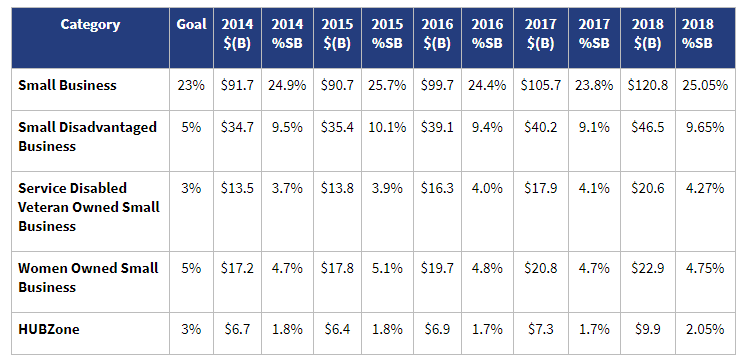Federal IT to get a $3B boost
The funding for Federal IT modernization is about to see a noteworthy increase, $3.35 billion if a recent amendment sees success. (MeriTalk September 3, 2021)
An amendment, put forward by Rep. Gerry Connolly, D-Va., would increase funding for Federal IT modernization by $3 billion. Connolly said, “this week, Congress continues our important work in rebuilding from this pandemic, and building a 21st-century economy that is more equitable, visionary, and sustainable. But the policy prescriptions we adopt will only be successful if our IT can deliver on those promises. The fate of the world’s largest economy rises and falls with the ability of government IT systems to deliver in an emergency and as we recover into the future. And that should galvanize us all. Without smart IT investments, our mission to help the American People, will not succeed. We have to get this right, right now.” (ibid)
Through a press release, the House Committee on Oversight and Reform expects the amendment to provide the following:
- $1 billion in TMF funding, available until September 30, 2031.
- $2 billion for the General Services Administration’s (GSA’s) Federal Citizen Services Fund. The fund helps agencies to improve public engagement with the government. It supports cybersecurity and cloud-based technologies.
- $350 million to the Information Technology Oversight and Reform (ITOR) account within the Office of Management and Budget (OMB) to create a mechanism to track government IT spending. The ITOR account is used to fund staffing for the U.S. Digital Service. The U.S. Digital Service works to fix agencies’ most difficult tech problems. (ibid)
Are you a business looking to do work with Federal IT modernization? Give us a call.

